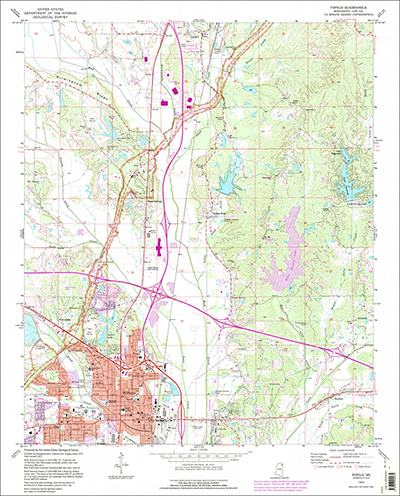
In the warfighting realm, targeting is the process through which we select people to kill/capture in order to negate their effects or disrupt their operations in the battlespace. The CIA drone bombs a terrorist leader in Pakistan to remove a node in a terrorist organization. Marines in Helmand capture (or preferably kill) a Taliban facilitator to disrupt the movement of weapons or explosives in their area of operations (AO), thus decreasing the number of improvised explosive devices (IEDs). Domestically, law enforcement targets drug gang members, murderers, and other criminals. Bounty hunters target bail jumpers. Criminals target victims. These are examples of kinetic targeting, or targeting with physical action.
Prior to the Gulf War, the national war colleges taught warfighting primarily through two lenses: annihilation and attrition. We use the entire spectrum of combined arms warfare en masse to annihilate enemy forces, at the same time attritting the adversary’s strength and their ability to project force. (Another great Mao lesson: he saw guerrilla warfare as a means to preserve his force rather than a means to project force. Guerrilla squads create an outsized impact due to the nature of who/what and where they target.) The Gulf War showed military leaders the importance of a third lens; control over the adversary’s means of support. (The primary support for a successful insurgency comes from the populace, remember.)
Since then, we’ve also targeted for influence, called non-kinetic targeting. Individually, we can target our neighbors to influence them to participate in or support a neighborhood watch program. We can target our co-workers and influence them to stop eating other people’s food out of the office refrigerator. Every two years, we’re targeted by politicians because they want to influence us to vote for them. In Afghanistan, we target the populace in order to influence them to support the Coalition Force (CF) mission; and short of that, cease their support for the Taliban. There we fight a parallel war against the Taliban for control over the populace. It’s the love/hate triangle of the Afghan insurgency. In very basic terms, in insurgencies, as the populace goes, so goes the war.





